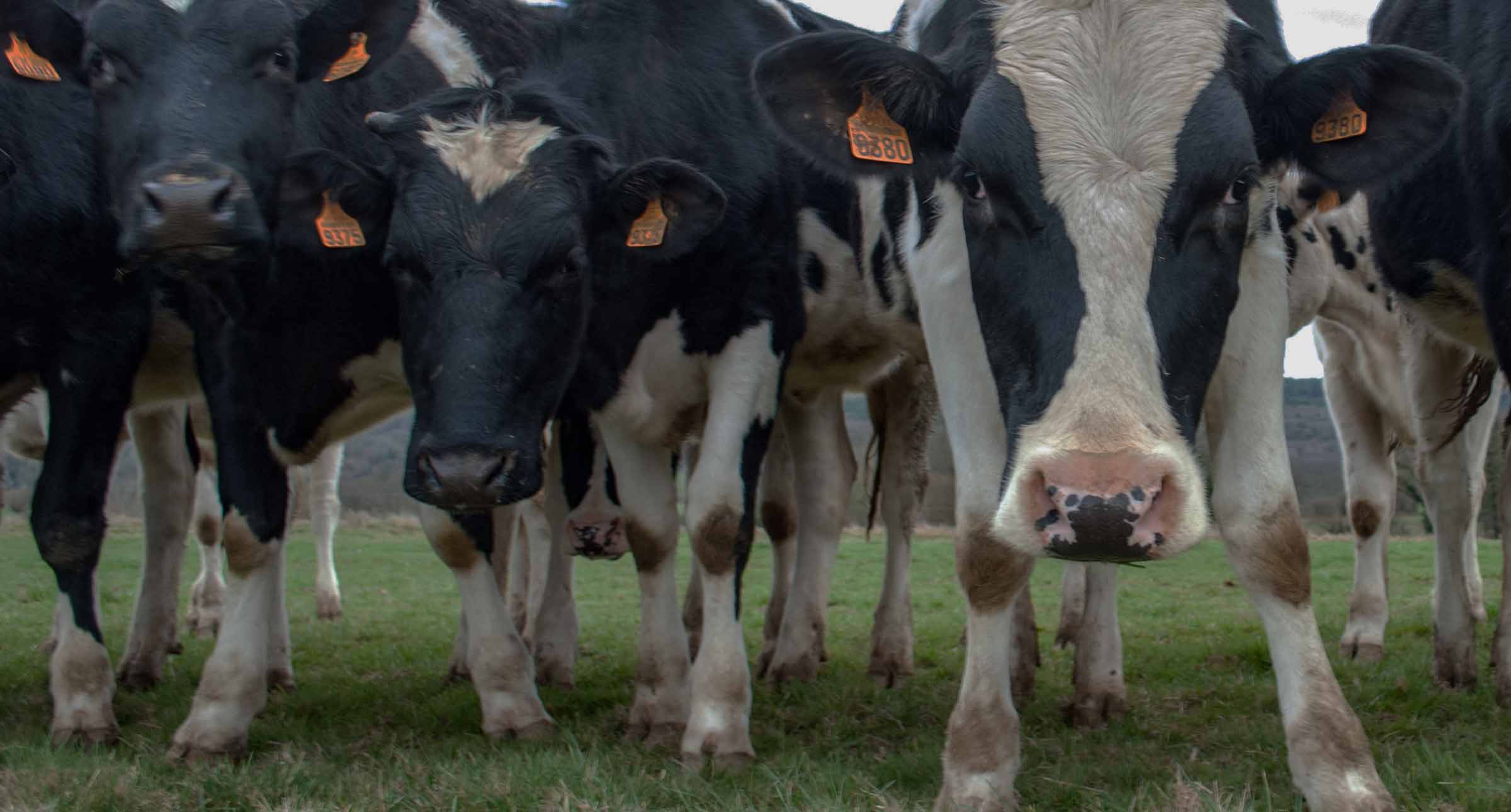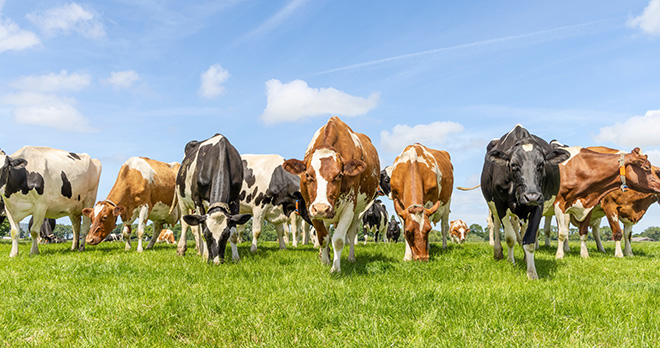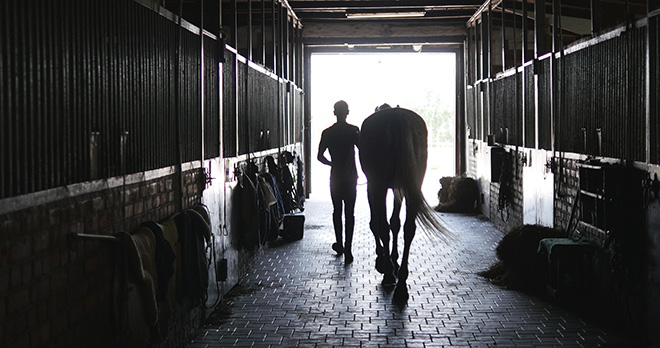When injured by an animal, what are your rights?

When considering the prospects of success for most personal injury claims, we often start by asking ourselves; is there evidence of negligence?
Where injuries have been caused by animals though, it is just as important to consider the merits of bringing the case under the Animals Act 1971. The Act imposes strict liability on keepers of animals in certain circumstances, so to succeed with a case on behalf of someone injured by an animal it isn’t always necessary to prove that the “keeper” (i.e. the owner of the animal or the person who has it in their possession) has done anything wrong or acted negligently.
As we’ve covered in previous blogs, the Act provides a legal basis for bringing claims even when the animal that has caused injury is not a member of a dangerous species and/or where the keeper of the animal is not at fault.
How does an Animals Act claim work?
To succeed with a claim under the Animals Act, the injured person must prove that:
a) the animal, unless restrained, was likely to cause injury, or, if the animal caused injury, such injury was likely to be severe.
b) the likelihood of injury or of it being severe was due to the characteristics exhibited by the animal at the time of injury which were either; not normally found in animals of the same species or, normal for the species at particular times or in particular circumstances.
c) the relevant characteristics must be known to the keeper of the animal.
In the absence of the defendant being able to rely on a statutory defence under the Act, which would most commonly be that the injured person was either wholly at fault for their injuries or the injured person voluntarily accepted the risk of injury, then the claim will have reasonably good chances of succeeding.
Unfortunately the intricacies of the Animals Act result in personal injury solicitors who do not specialise in this work rejecting good cases. Knowledge of the Act and its application is therefore extremely important when proceeding with a personal injury claim for injuries caused by animals.
Case examples
Our specialist Personal Injury team has recently concluded several cases on behalf of clients injured by various species of animal where relying on negligence alone may not have been enough to succeed with the cases.
Tripped by a dog lead
Whilst out walking her dog, our client met with a dog walker who was walking two dogs. Unfortunately one of the dog leads was not being held by the walker, despite being attached to the dog’s collar.
In the course of behaving aggressively towards our client’s dog, the defendant’s dog’s lead looped around our client’s left leg causing her to fall and suffer a lifelong injury to her ankle.
In this case the allegations of negligence (failing to hold the lead and control the dog) were equally as strong as the allegations under the Act (the primary case being that severe injury was likely as a result of the behaviour of the dog which was normal in the circumstances that pertained at the time).
Our client’s injury will result in permanent arthritic symptoms, which, due to the nature of her job, will impact her ability to work in her current role. That aspect of the claim contributed towards achieving a six figure settlement for our client.
Injured by a stampeding pig
We succeeded with our client’s case against his employer, a company specialising in pig farming.
Our client suffered a severe knee injury as a result of Berkshire Cross pig that weighed approximately 90kg running into his leg while he was filling a feed hopper inside a pen roughly the size of a football pitch.
It was not clear exactly what caused the pigs to behave in this way but there were a number of possibilities as the pigs were displaying the characteristics of being scared or spooked.
We argued that the criteria satisfied under the Animals Act were that injury was likely unless the pig was restrained, and / or if personal injury was caused by the pig it was likely to be severe. The likelihood of damage, or of it being severe, was due to characteristics of the pig which were normal for Berkshire Cross pigsat particular times or in particular circumstances. The relevant characteristics were pricking its ears up, grunting, running at high speed with the other pigs, and colliding with anything or anyone in its way at times or in circumstances when it had been spooked. We asserted that the keeper of the pig was aware of these characteristics.
Our client’s claim against his employer was successful even though there was nothing his employer had done wrong, and would not have succeeded were it not for the Animals Act.
Given the ongoing issues with his knee, our client received compensation approaching six figures for his injuries.
In addition to the points we have raised about the Animals Act here, in this case the claim was against our client’s employer so we could be confident at the outset there would be insurance. For obvious reasons, there is often less certainty about whether a dog owner, for example, will have insurance or the means to meet the claim personally in the absence of insurance.
Knocked over and trampled by cows
To demonstrate the variety of injuries caused by animals, another recent case involved a dog walker who was knocked over and trampled by a herd of cows.
Our client was taking a walk along a public footpath in fields not far from his house when he saw a herd of cattle approximately 200 yards away. Having no intention of engaging with the animals and seeing they were some distance from him, he entered the field with his dog on a lead.
Despite his dog remaining perfectly calm whilst he walked across the field, he soon found himself knocked to the ground and trampled by the herd. It happened so quickly, he had no chance to escape and unfortunately our client suffered internal and orthopaedic injuries.
We alleged that the cattle, unless restrained, were likely to cause injury to our client because it was normal for them to move at speed and behave aggressively at times when they perceive dogs / walkers to be a threat. Equally, we could be reasonably confident that if the cattle did cause injury, as they did here, such injury was likely to be severe due to their size, weight and speed.
We alleged that these particular cattle had a history of behaving in this way, however our core argument was that it was a normal characteristic of cattle to behave aggressively in response to a perceived threat such as a dog walker in their field.
In addition to the claim under the Animals Act it was also appropriate to set out the allegations of negligence against the farmer responsible for the herd for failing to do that which was reasonable to protect walkers using the footpath from his animals.
Fortunately, liability was accepted at an early stage and the case was settled once our client’s medical prognosis had become clear.
What these claims go to show is the value of instructing a solicitor specialising in bring claims for injuries caused by animals. We have summarised these cases to demonstrate the breadth and peculiarities of this type of work.
Our advice is that if you or someone close to you have been injured by an animal, you should seek specialist advice even if your enquiry has been rejected by other firms and even where you don’t consider the keeper of the animal to have been at fault.
If you have been injured by an animal, and want to find out more about your legal options, please contact our specialists in Animals Act claims.
Call now




